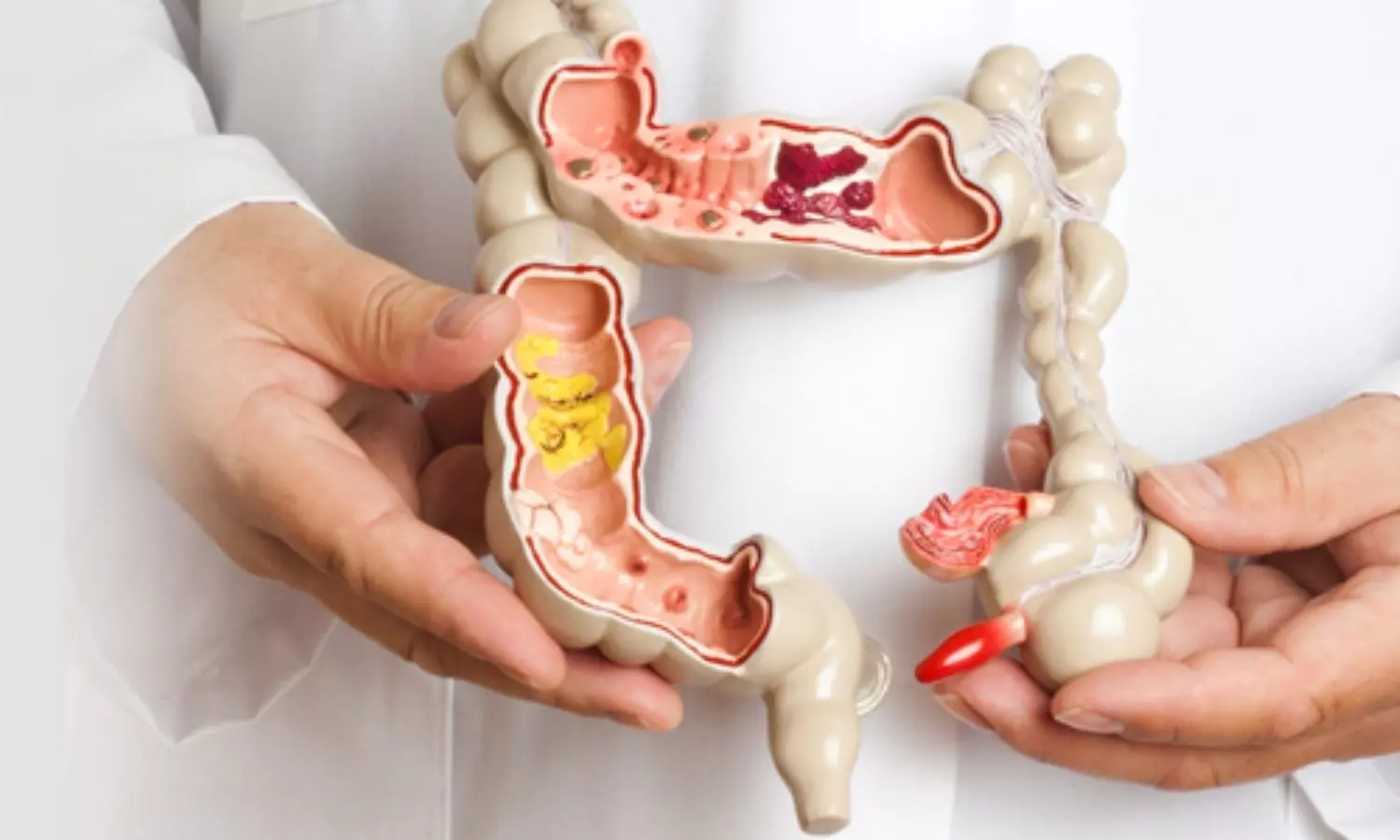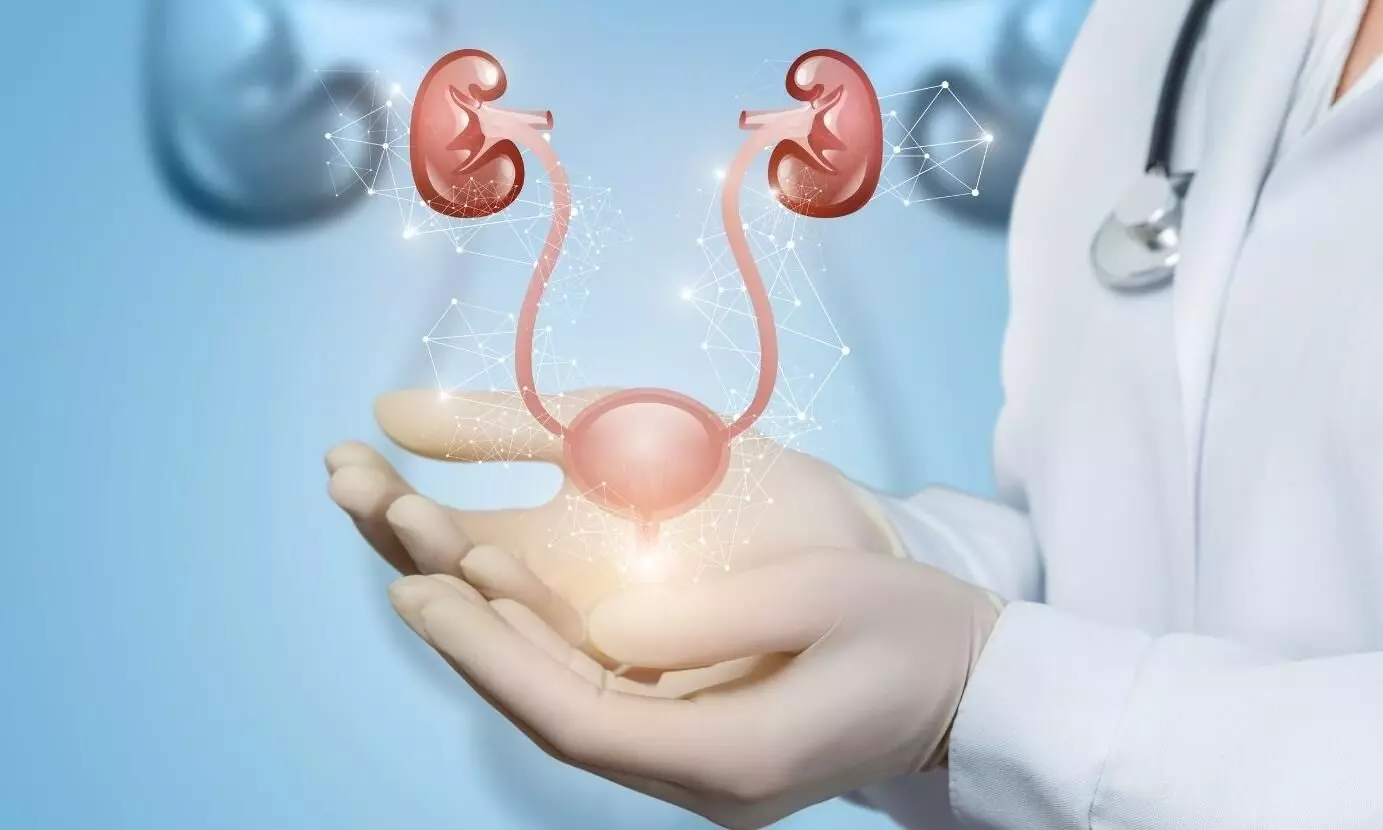- Home
- Medical news & Guidelines
- Anesthesiology
- Cardiology and CTVS
- Critical Care
- Dentistry
- Dermatology
- Diabetes and Endocrinology
- ENT
- Gastroenterology
- Medicine
- Nephrology
- Neurology
- Obstretics-Gynaecology
- Oncology
- Ophthalmology
- Orthopaedics
- Pediatrics-Neonatology
- Psychiatry
- Pulmonology
- Radiology
- Surgery
- Urology
- Laboratory Medicine
- Diet
- Nursing
- Paramedical
- Physiotherapy
- Health news
- Fact Check
- Bone Health Fact Check
- Brain Health Fact Check
- Cancer Related Fact Check
- Child Care Fact Check
- Dental and oral health fact check
- Diabetes and metabolic health fact check
- Diet and Nutrition Fact Check
- Eye and ENT Care Fact Check
- Fitness fact check
- Gut health fact check
- Heart health fact check
- Kidney health fact check
- Medical education fact check
- Men's health fact check
- Respiratory fact check
- Skin and hair care fact check
- Vaccine and Immunization fact check
- Women's health fact check
- AYUSH
- State News
- Andaman and Nicobar Islands
- Andhra Pradesh
- Arunachal Pradesh
- Assam
- Bihar
- Chandigarh
- Chattisgarh
- Dadra and Nagar Haveli
- Daman and Diu
- Delhi
- Goa
- Gujarat
- Haryana
- Himachal Pradesh
- Jammu & Kashmir
- Jharkhand
- Karnataka
- Kerala
- Ladakh
- Lakshadweep
- Madhya Pradesh
- Maharashtra
- Manipur
- Meghalaya
- Mizoram
- Nagaland
- Odisha
- Puducherry
- Punjab
- Rajasthan
- Sikkim
- Tamil Nadu
- Telangana
- Tripura
- Uttar Pradesh
- Uttrakhand
- West Bengal
- Medical Education
- Industry
Which are effective treatments for Reducing Nocturia among Women with Overactive Bladder?

In a recent study, researchers have shed light on the efficacy of various treatments for a common symptom of overactive bladder (OAB) known as nocturia. The secondary analysis study found that for women with nocturia of at least 2 voids per night, treatment with anticholinergic medication, onabotulinum toxin A (BTX) (either 100 or 200 units), or sacral neuromodulation (SNM) resulted in a significant decrease in the number of voids per night at the 6-month follow-up.
The study results were published in the journal Urogynecology.
Nocturia, characterized by waking up multiple times during the night to urinate, can significantly impact the quality of life of those affected. The prevalence of nocturia among individuals with overactive bladder underscores its significance as a distressing symptom, yet there remains a notable gap in our understanding of how various treatments for overactive bladder affect this nocturnal urgency. The study, conducted by analyzing data from the ABC and ROSETTA trials, aimed to compare the effectiveness of anticholinergic medication, onabotulinum toxin A (BTX), and sacral neuromodulation (SNM) in reducing nocturia.
A team of researchers from MedStar Washington Hospital Center, Washington D.C., by utilizing the National Institutes of Health Data and Specimen Hub database, conducted a study that included 197 female patients who reported a mean of at least 2 voids per night on a 3-day diary. These patients were divided into cohorts based on the treatment they received: anticholinergic medication, BTX 100 units, BTX 200 units, or SNM. The main outcome was to measure the change in mean voids/night on 3-day diary from baseline to 6 months.
Findings:
- One of the key findings of the study was that all treatment cohorts demonstrated a significant reduction in the mean number of voids per night at the 6-month mark.
- This reduction was a substantial 41% in mean voids per night, marking a significant improvement in the nocturia symptoms experienced by the participants.
- Importantly, this improvement was observed across all treatment modalities.
- Prior to treatment initiation, there were no significant differences noted among the cohorts in terms of the number of voids per night, demographic factors, or urodynamic values.
- However, after 6 months of treatment, the results showed consistent and substantial improvements across the board, regardless of the treatment method utilized.
Notably, the study found no significant differences in the effectiveness of the various treatments in reducing nocturia. Whether patients received anticholinergic medication, BTX (either 100 or 200 units), or SNM, the reduction in the mean number of voids per night was comparable across all groups. This suggests that multiple treatment options are equally effective in addressing the bothersome symptoms of nocturia in women with OAB.
Further reading: Comparing Impact of Overactive Bladder Therapies on Nocturia. DOI: 10.1097/SPV.0000000000001465
BDS, MDS
Dr.Niharika Harsha B (BDS,MDS) completed her BDS from Govt Dental College, Hyderabad and MDS from Dr.NTR University of health sciences(Now Kaloji Rao University). She has 4 years of private dental practice and worked for 2 years as Consultant Oral Radiologist at a Dental Imaging Centre in Hyderabad. She worked as Research Assistant and scientific writer in the development of Oral Anti cancer screening device with her seniors. She has a deep intriguing wish in writing highly engaging, captivating and informative medical content for a wider audience. She can be contacted at editorial@medicaldialogues.in.
Dr Kamal Kant Kohli-MBBS, DTCD- a chest specialist with more than 30 years of practice and a flair for writing clinical articles, Dr Kamal Kant Kohli joined Medical Dialogues as a Chief Editor of Medical News. Besides writing articles, as an editor, he proofreads and verifies all the medical content published on Medical Dialogues including those coming from journals, studies,medical conferences,guidelines etc. Email: drkohli@medicaldialogues.in. Contact no. 011-43720751




